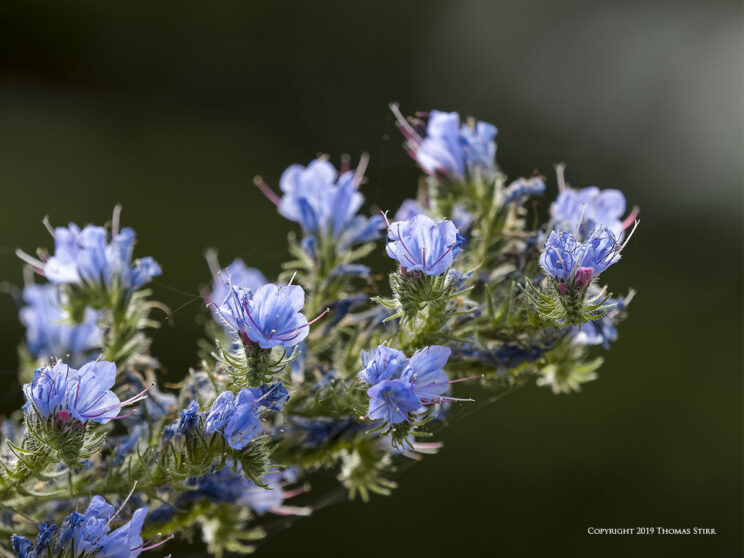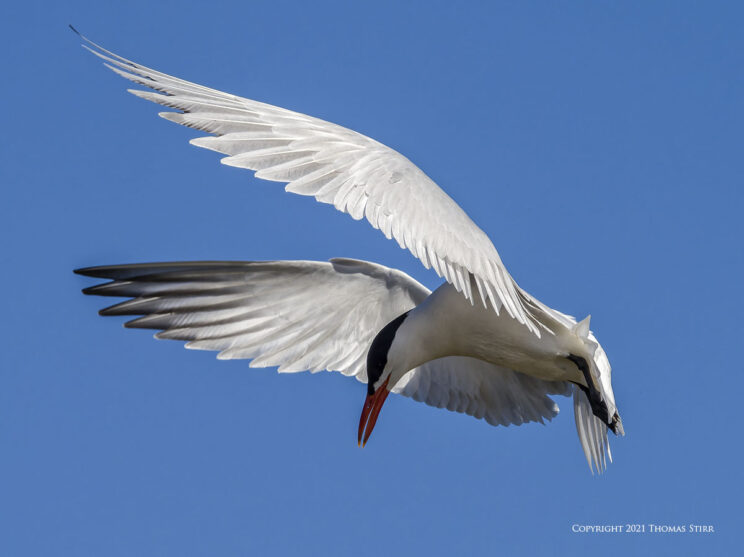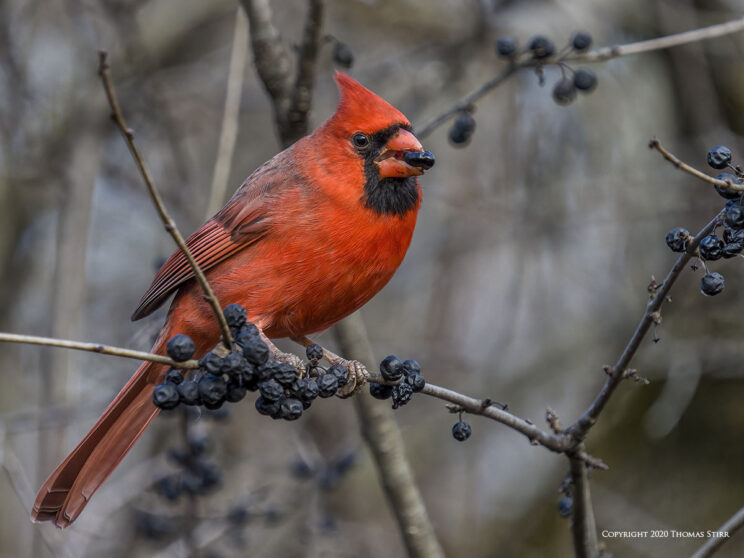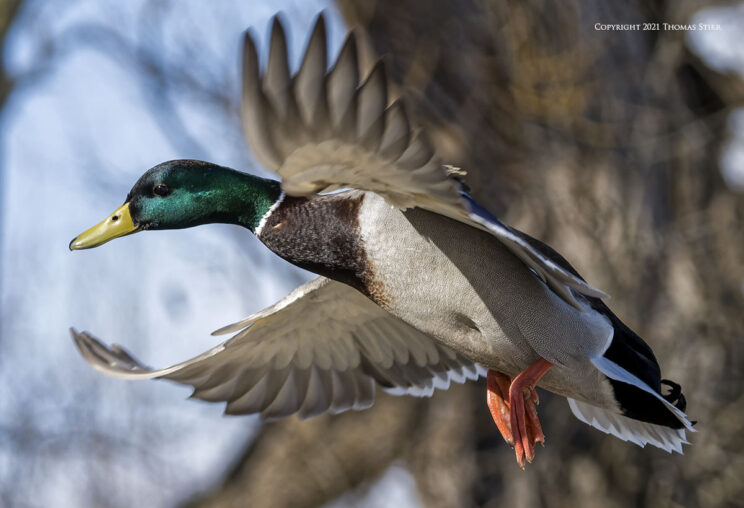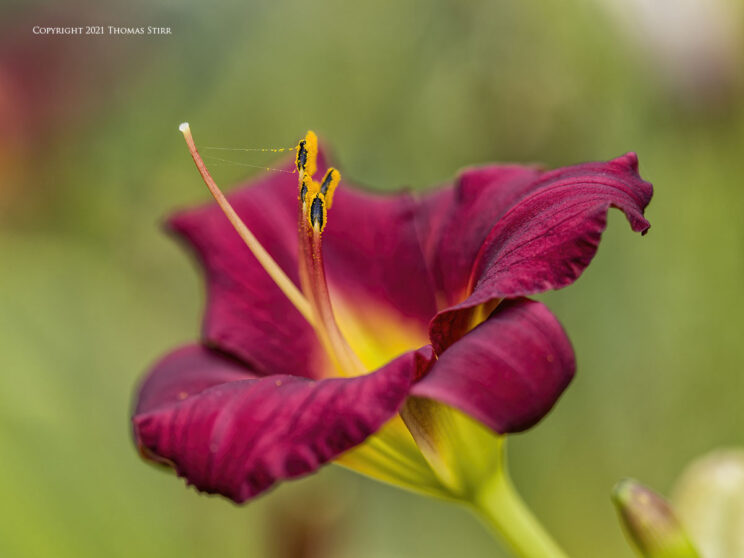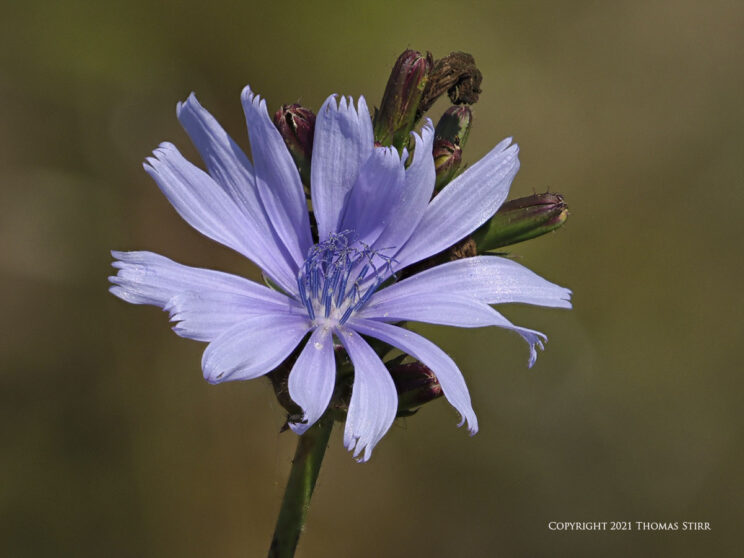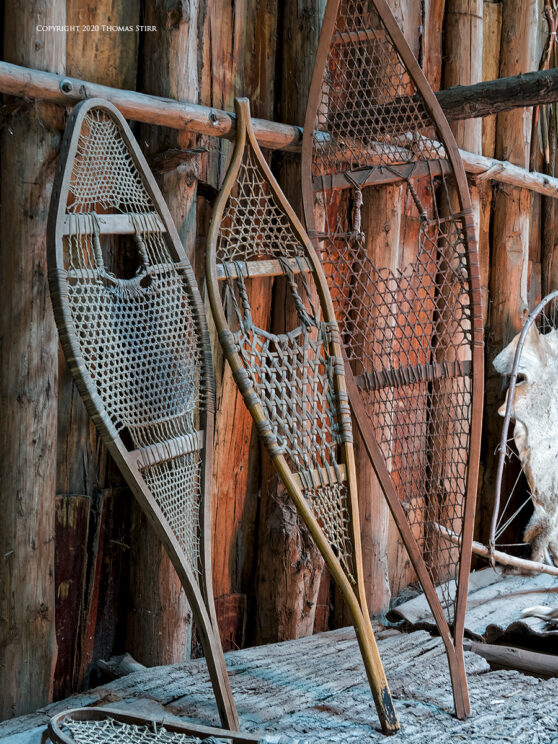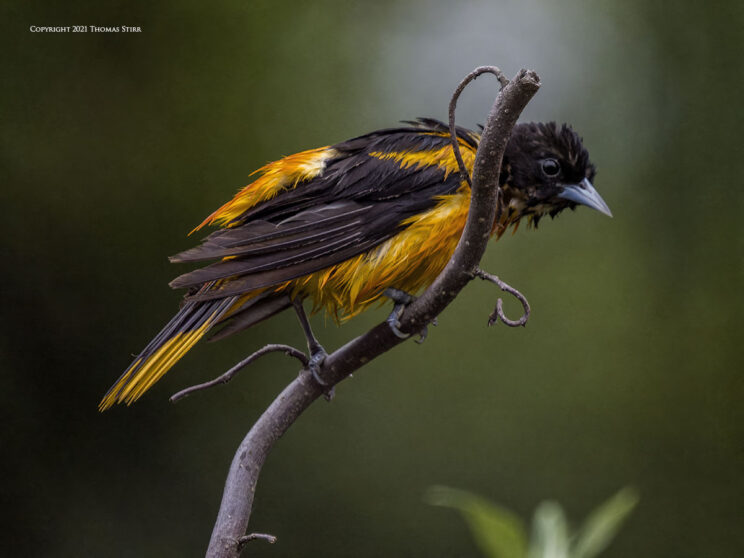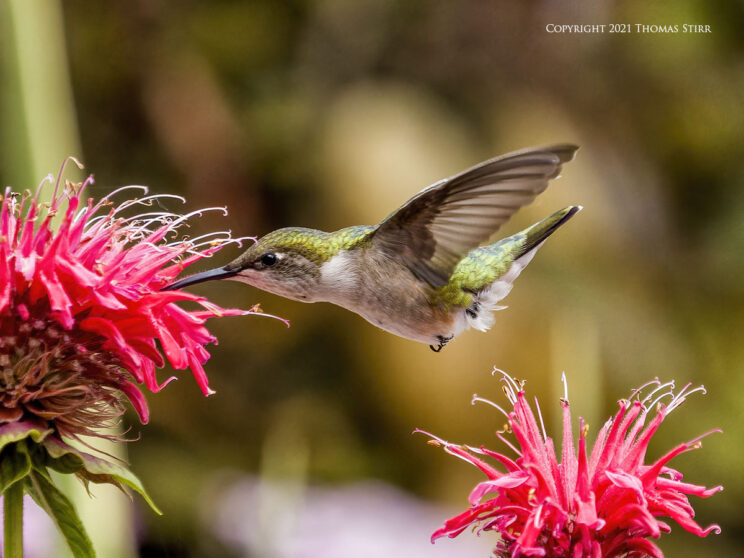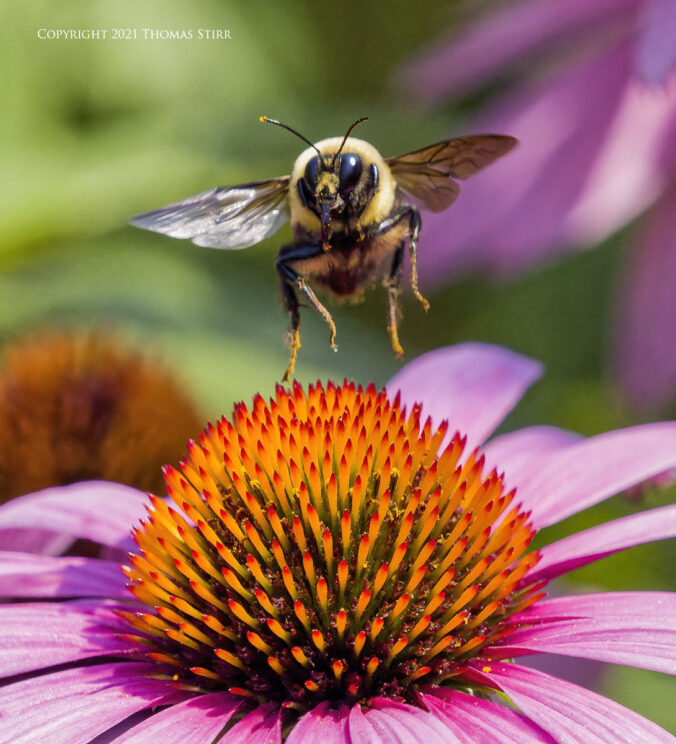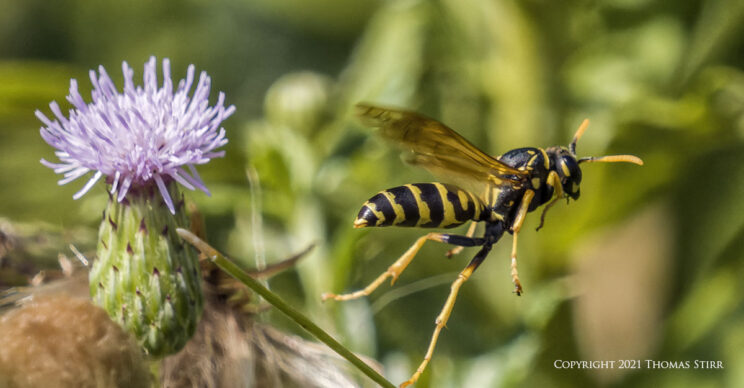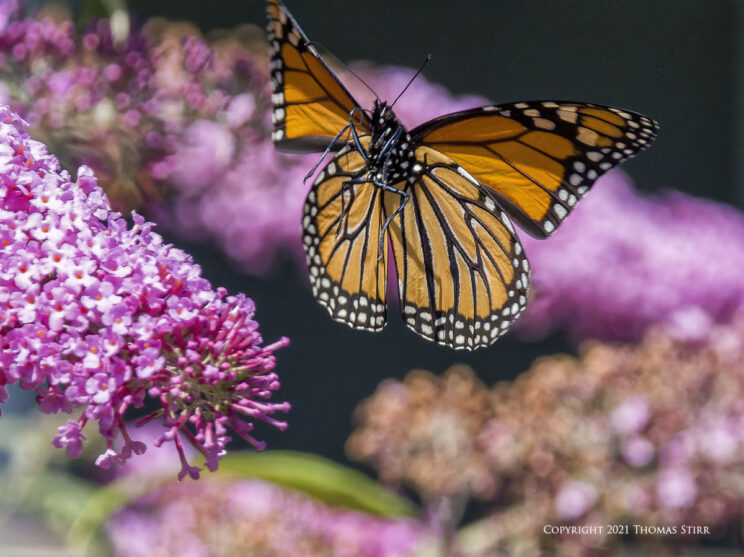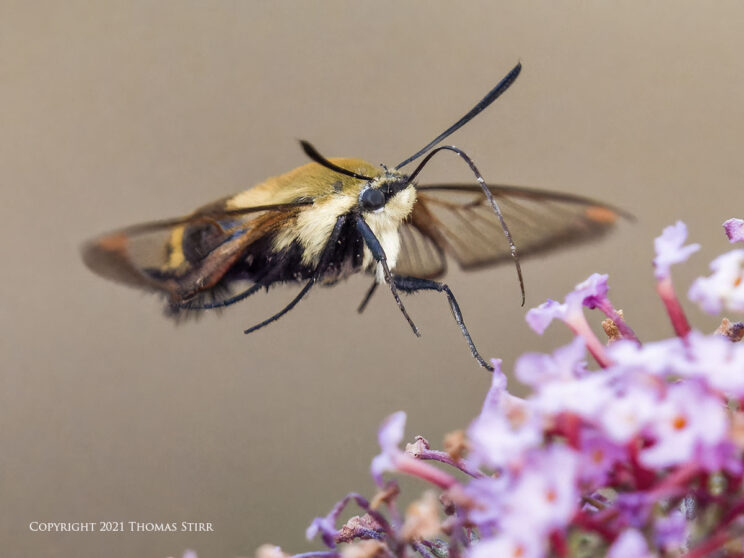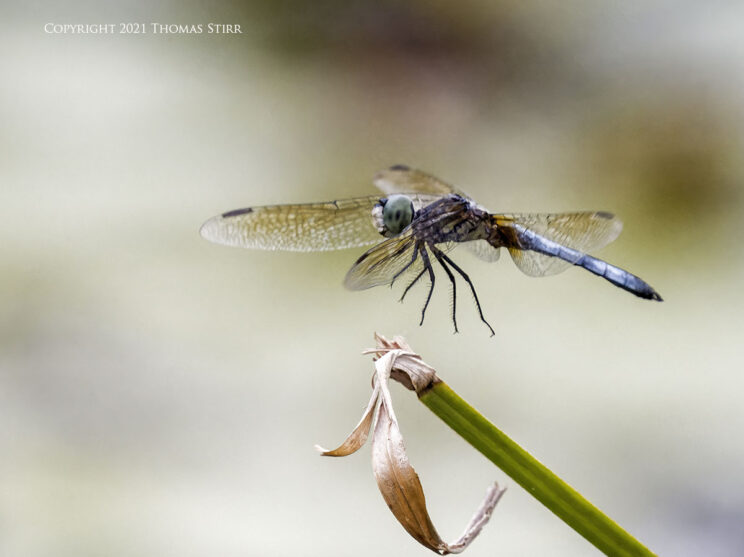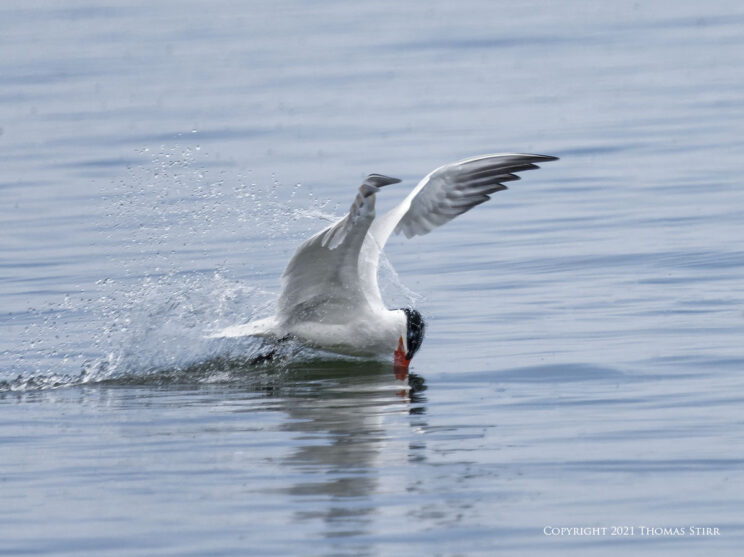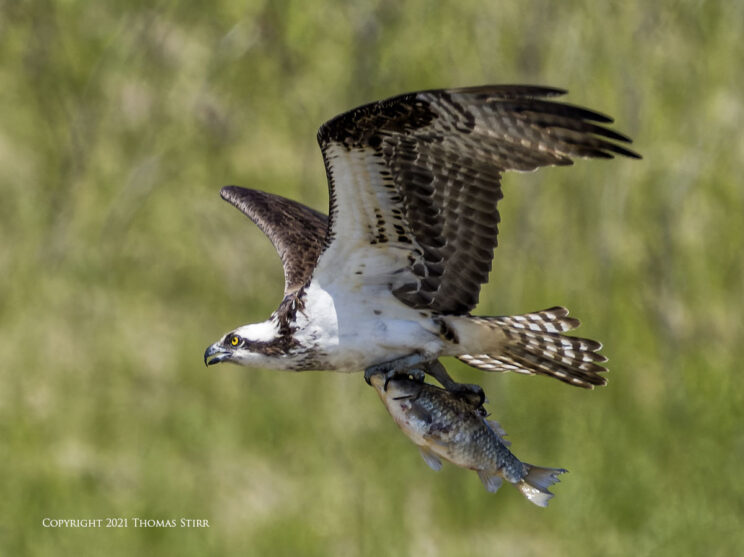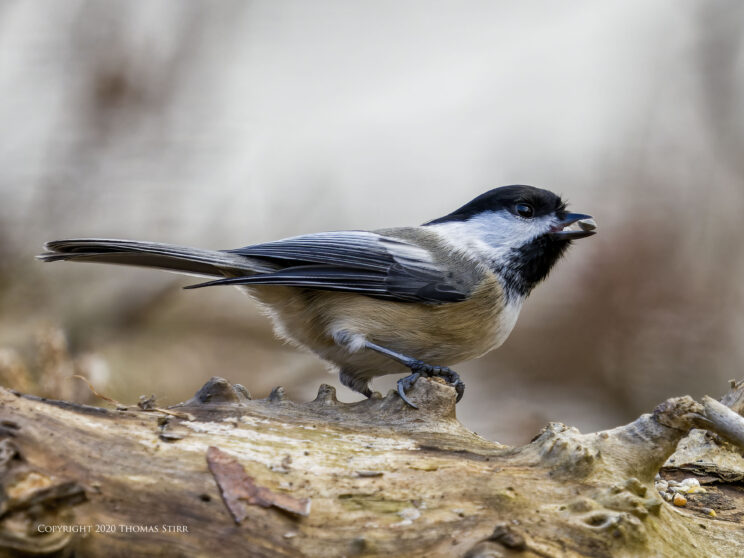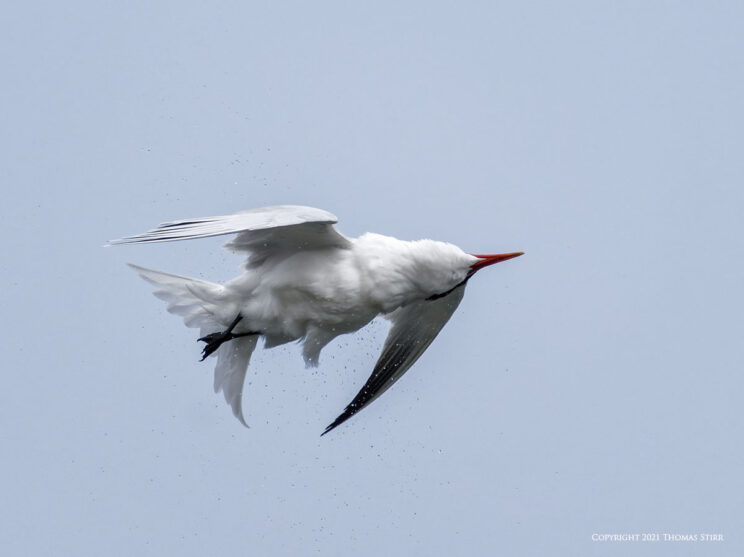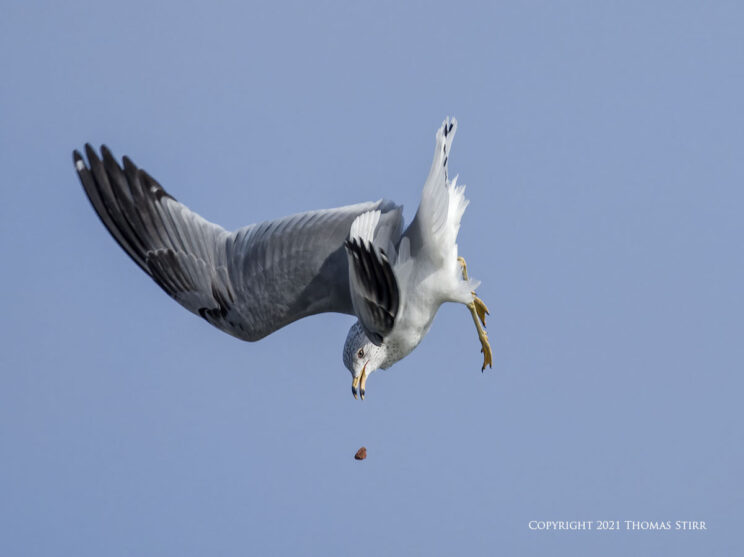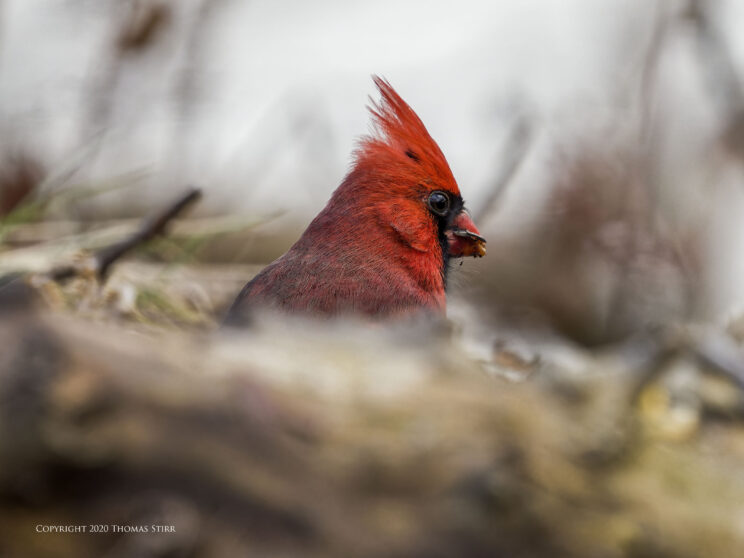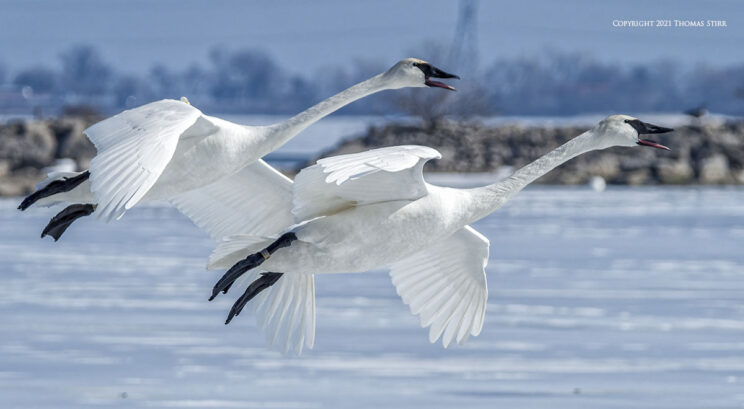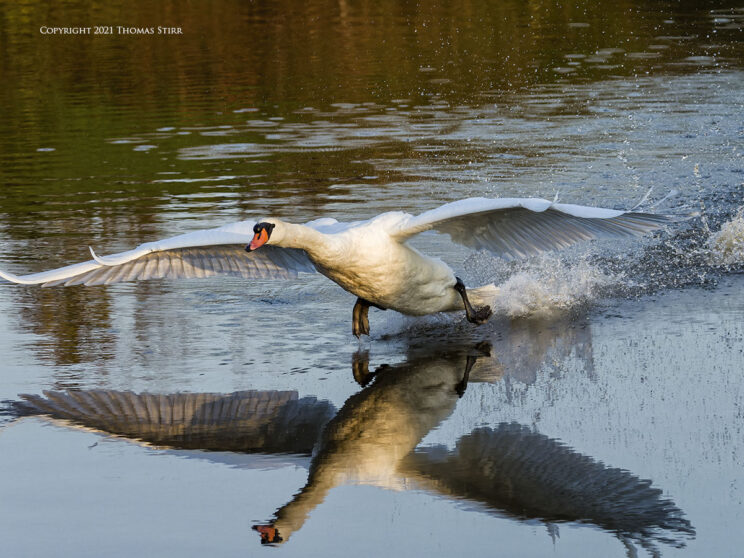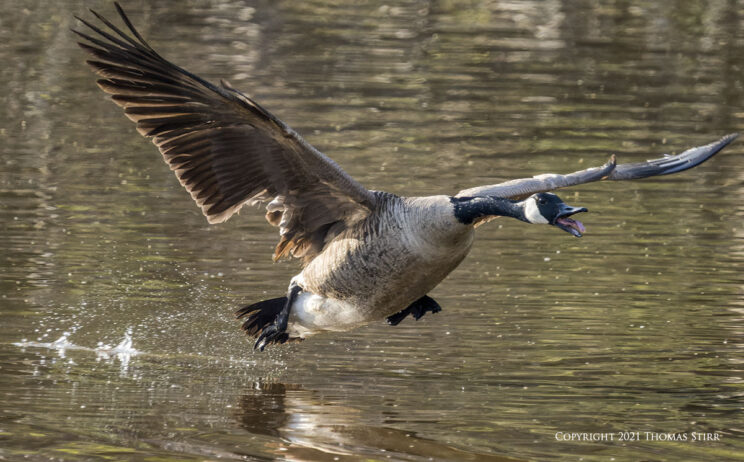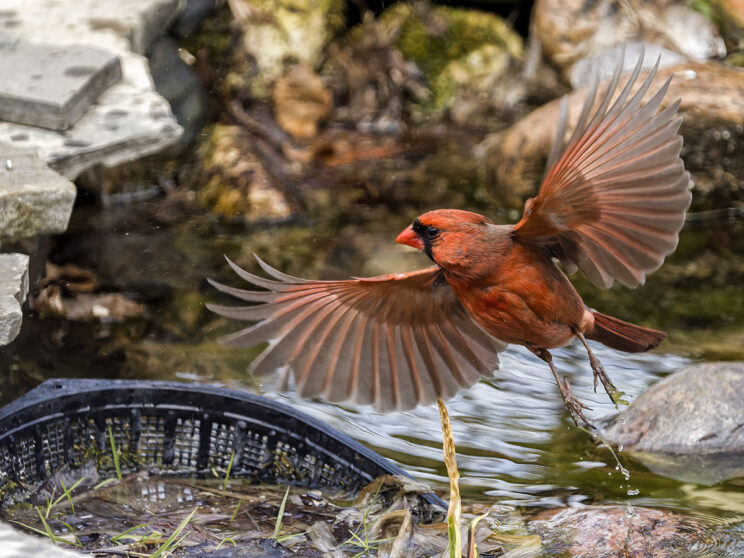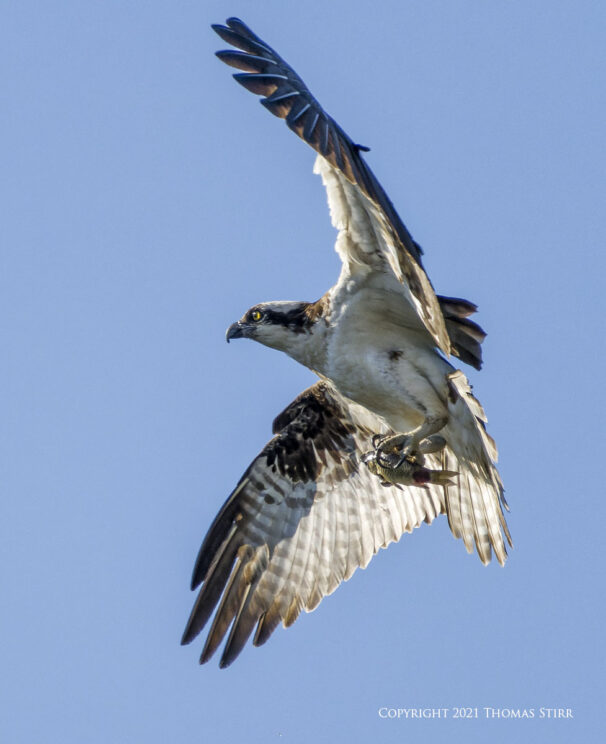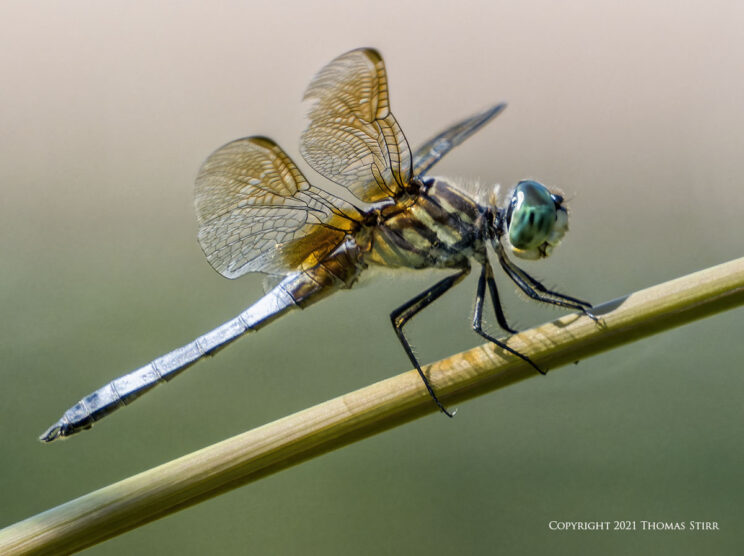Editor’s note: the following article was written by Thomas Stirr, a very talented photographer based in Canada, and long-time collaborator. Thomas previously wrote articles for us on our old website mirrorlessons.com and more recently on this very website. Thomas is a great example of a person who makes the most of his photography gear and overcomes the suggested limitations of its technical specifications. He did exceptional work with the Nikon 1 system, and continues now with micro four thirds. I hope you enjoy the read, and don’t forget to visit his website: smallsensorphotography.com
It’s been over 2 years since I bought my first E-M1X. During this time I’ve created over 200,000 images and had a blast experimenting with this wonderful camera. The more I’ve used the E-M1X… the more I love it. This article shares a selection of handheld images (mostly birds and insects) as well as some thoughts on my first 2 years of E-M1X use. I should mention upfront that as an Olympus Featured Pro I have an obvious camera equipment bias.
Like the Nikon D6, the Canon R3 or ID X Mark III… the E-M1X is not a camera designed for mass consumption. It is geared towards the professional market, as well as photographers who prefer to use a double gripped, full body camera.
Every camera comes with strengths and trade-offs. The E-M1X is no exception. Its numerous technological advantages come with the trade-offs associated with a smaller M4/3 sensor. These include somewhat lower dynamic range and colour depth when compared to full frame cameras, as well as some low light challenges. Some of the E-M1X’s technological advancements like its IBIS performance and handheld hi res capability (HHHR), help mitigate some of the sensor performance concerns that some folks may have. For my needs, the performance of the 20.4 MP sensor in my E-M1X is more than sufficient.
Before moving into a M4/3 system a photographer should examine their needs closely to ensure that they’re making a sound decision. I sold all of my full frame gear back in July 2015 and haven’t missed it for even a second. For the work that I do, the E-M1X easily runs circles around the full frame DSLR cameras I used in the past. It is simply the finest camera that I’ve ever owned and it fits my specific needs to a ‘T’.
Some folks have a misconception that it is ‘impossible’ to achieve shallow depth-of-field with a M4/3 camera. We need to remember that a camera’s sensor does not directly impact depth-of-field. Aperture, lens focal length, distance to subject, and subject distance to background are all factors that impact depth-of-field. As we can see with the image above, creating shallow depth-of-field is not an issue when shooting with M4/3.
The image above was created using the E-M1X’s in-camera focus stacking function. The output is a jpeg, but RAW files are also produced should a photographer want to do some work combining images in post. This is another example of creating shallow depth-of-field with M4/3 camera gear.
The IBIS performance of the E-M1X is outstanding with up to 7 stops of stabilization with a non-Sync IS lens, and 7.5 stops with a lens like the M.Zuiko PRO 12-100 mm f/4 IS. For folks like me who hate using tripods, the IBIS performance of the E-M1X is critical. It allows me to regularly shoot handheld at ISO-200 and maximize the available dynamic range by using slow shutter speeds. The snowshoe photograph above was captured handheld using a shutter speed of 4 seconds at ISO-200.
Here is an early morning landscape image captured handheld with a shutter speed of 3.2 seconds at ISO-200 using the M.Zuiko PRO 12-40 mm f/2.8 zoom.
Using shorter focal length lenses to achieve the required field-of-view using a camera like the E-M1X has distinct advantages for landscape photography. The image above was captured handheld with an M.Zuiko PRO 7-14 mm f/2.8 zoom, using an aperture of f/2.8 and a focal length of 7 mm (efov 14 mm). As you can see, it is possible to shoot wide open and still achieve deep depth-of-field when needed. Being able to shoot wide open can be critical for handheld landscape photographs in low light situations as it often means that a photographer can use the E-M1X’s base of ISO-200.
Advancements in post processing software makes shooting at higher ISO values possible and practical with M4/3 cameras like the E-M1X. I apply noise reduction at both the start (DxO PhotoLab DeepPRIME) and end (Topaz DeNoise AI) of my post processing regimen. This dual approach with noise reduction cleans things up quite nicely. The backyard image of a Baltimore oriole illustrated above was captured at ISO-6400.
Using Pro Capture H has become an integral part of my approach to birds-in-flight and insect photography. I simply cannot imagine owning a camera that did not have Pro Capture H. I typically have my Pre-Shutter Frames and Frame Limiter both set to 15, using a frame rate of 60 frames per second. After two years I’m still like an excited little kid when I use this technology to photograph birds like the hummingbird above. Eventually I began to discover how the power of Pro Capture H could be used for insect in-flight photography…
Pro Capture H is simply amazing in terms of how much photographic potential it unlocks and makes accessible. Lenses like the M.Zuiko PRO 40-150 mm f/2.8 and M.Zuiko 100-400 mm f/5-6.3 IS are well suited to photographing all kinds of subject matter using Pro Capture H. Adding M.Zuiko teleconverters extends their functionality even further.
When I bought my first E-M1X I did so with the hope that someday Bird Detection AI would be added to the camera’s capabilities. When I first tried using Bird Detection AI Subject Tracking I made a lot of mistakes. These were caused by me not really understanding how the technology worked and how I needed to adapt my shooting style.
The most obvious error was engaging more than one auto-focus point when using Bird Detection AI. The E-M1X does not use any of its phase detect AF points to actually focus on subjects when any of the camera’s AI Subject Tracking modes are used. Auto focus acquisition is done in the dual TruPic VIII processors as they analyze the entire scene. I discovered that engaging multiple auto focus points is counterproductive as it does little else except potentially confuse the camera.
It wasn’t until I started using a single AF point and learned to position it properly on the E-M1X’s AF grid when composing an image, that I was able to effectively harness the power of Bird Detection AI. Now I have two of the Custom Modes on one of my E-M1X bodies programmed to use Bird Detection AI. Except when using Pro Capture H, I use one of these two Custom Modes for virtually all of my bird photography.
One of my favourite settings for birds-in-flight is to combine Pro Capture L with Bird Detection AI. This combination allows a photographer to consistently and confidently capture precise behaviours, like a tern doing a mid-air shake.
Or a gull playing with a stone in mid-air… dropping it then diving down to catch it.
Bird Detection AI is very effective when doing low angle photography. This cardinal kept popping up in different positions from behind a fallen log. Using Bird Detection AI made it much easier to capture this low angle photograph while holding my camera at ground level and using the E-M1X’s articulating rear screen.
It took some time to put my M.Zuiko lens system together. My client work can easily be handled by my three M.Zuiko PRO f/2.8 zooms and M.Zuiko PRO 45 mm f/1.2 prime. I now have no need to bring any camera supports to client safety video assignments. This makes projects more time efficient and less physically demanding.
My other photographic interests are handled by the M.Zuiko 60 mm f/2.8 macro, M.Zuiko 12-100 mm PRO f/4 IS, M.Zuiko 100-400 mm f/5-6.3 IS, and my two M.Zuiko teleconverters. My kit also includes the M.Zuiko STF-8 twin macro flash, and M.Zuiko FL700WR flash with FC-WR commander. When needed, a combination of three M.Zuiko zoom lenses and two teleconverters, allows me to shoot from 7 mm to 800 mm (efov 14 mm – 1600 mm) without any focal length gaps, using gear that easily fits in one medium sized shoulder bag.
After more than 2 years of continual use I’ve not faced any weather conditions that my Olympus IPX-1 rated gear couldn’t handle. Nor has either of my E-M1X bodies needed to have their sensors cleaned.
Without question I’ve been able to capture countless images with my E-M1X that would have been almost impossible with any of the other cameras that I’ve ever owned… full frame, cropped sensor DSLR or Nikon 1. And, I still haven’t fully leveraged all of the incredible technology that is available to me with the E-M1X.
Of course we all have different photographic needs. Folks should always buy and use the camera format/brand/model that best meets their requirements. I’m not suggesting for even a second that everyone reading this article should rush out and change their camera system. Far from it.
The E-M1X is a camera that the trolls in photography chat rooms love to hate. That started from the first day that it was introduced. I suppose it is easy to hate something that is misunderstood. As mentioned at the beginning of this article, the E-M1X is not a mass market camera.
The E-M1X is a specialized photographic tool that will appeal to a select number of photographers who want to significantly expand their photographic potential with incredible, industry leading technology. All packed into a very rugged, comfortable, and efficient full body package.
If that’s not what you need… then you should buy something else.
Thomas Stirr
Visit Thomas Stirr’s website
Article is Copyright 2021 Thomas Stirr. Photographs are Copyright 2019-2021 Thomas Stirr. All rights reserved. No use, duplication or adaptation of any kind is allowed without written consent. This article was created for use by Mirrorless Comparison website only. If you see this article reproduced anywhere else it is an unauthorized and illegal use. Posting comments on offending websites and calling out individuals who steal intellectual property is always appreciated!

